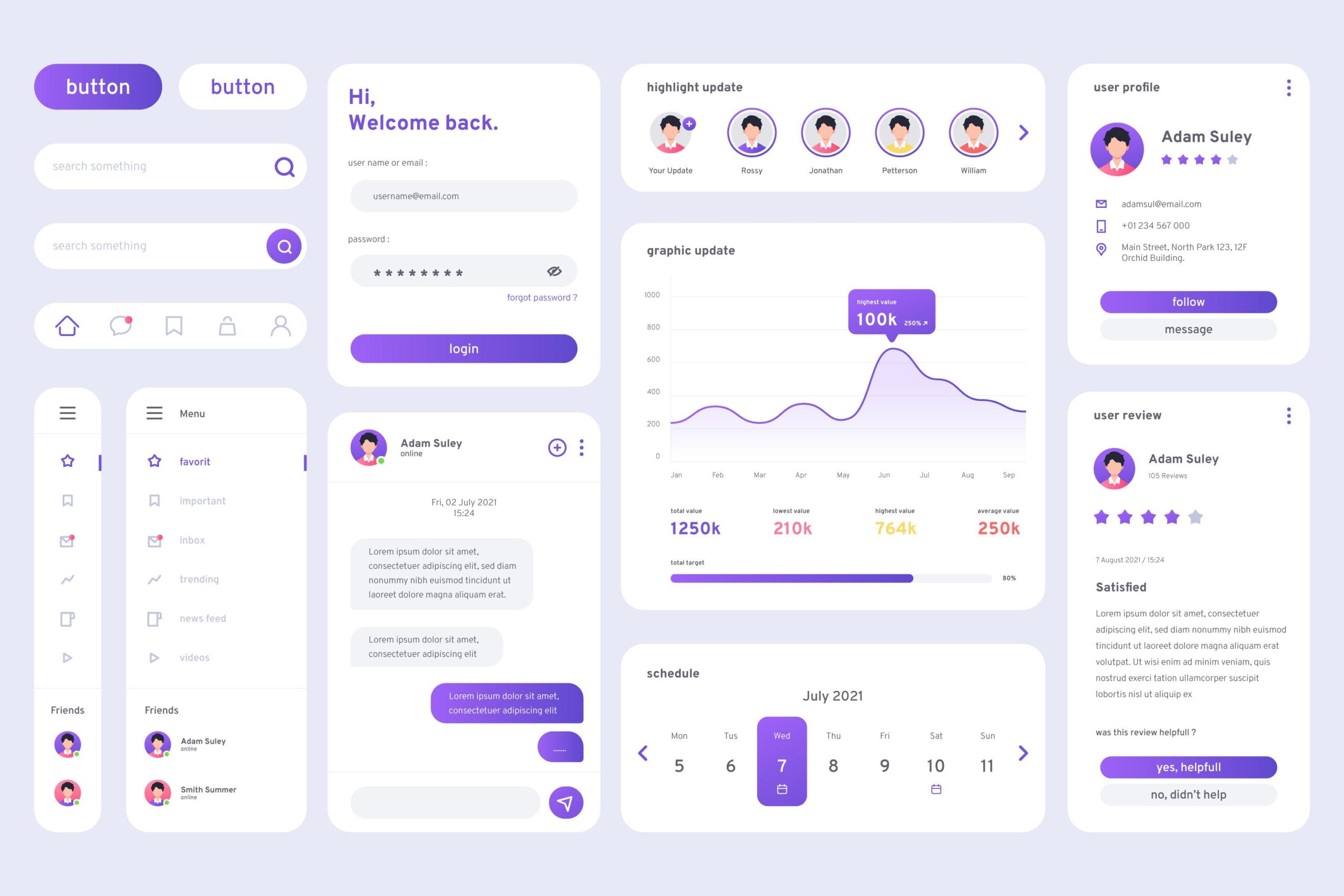Reverse Auction Software
Efficient procurement: buyers invite bids, suppliers compete for lowest prices, transparency.
- Home
- Reverse Auction Software
Overview
Reverse auction software is a specialized digital platform designed to facilitate the procurement process by allowing buyers to invite multiple suppliers to bid competitively for their business. Unlike traditional auctions where sellers compete for the highest price, in a reverse auction, suppliers compete to offer the lowest bid to win the buyer's contract. This innovative approach to procurement enables buyers to secure the best possible prices for goods and services while promoting transparency, efficiency, and cost savings.

Benefits of Reverse Auction Software
01
Cost Savings
By inviting suppliers to compete for their business, buyers can drive prices down and secure the most competitive rates for goods and services. This can result in significant cost savings compared to traditional procurement methods.
02
Increased Competition
Reverse auction software encourages healthy competition among suppliers, leading to better pricing, improved quality, and enhanced service offerings. Suppliers are incentivized to submit their most competitive bids, which benefits the buyer in terms of both price and value.
03
Transparency and Fairness
Reverse auctions promote transparency in the procurement process by allowing buyers to evaluate bids in real-time and compare offers from multiple suppliers. This transparency ensures fairness and accountability, reducing the risk of favoritism or bias in supplier selection.
04
Efficiency and Time Savings
Traditional procurement processes can be time-consuming and resource-intensive. Reverse auction software automates many aspects of the procurement process, streamlining bid collection, evaluation, and contract award. This saves time for both buyers and suppliers, allowing them to focus on other critical business activities.
05
Access to a Larger Supplier Pool
Reverse auctions enable buyers to reach a broader network of suppliers, including both established vendors and new market entrants. This expanded supplier pool increases competition and provides buyers with access to a diverse range of offerings, fostering innovation and driving continuous improvement.
06
Negotiation Flexibility
Reverse auction software offers flexibility in negotiation by allowing buyers to set specific parameters and criteria for bids, such as price, quantity, quality standards, and delivery terms. Buyers can adjust these parameters in real-time during the auction to optimize results and negotiate favorable terms with suppliers.
07
Data-Driven Decision Making
Reverse auction platforms generate valuable data and insights that can inform strategic decision-making and procurement planning. By analyzing historical bidding data and performance metrics, buyers can identify trends,
08
Risk Mitigation
: Reverse auctions help mitigate risks associated with supplier selection by providing buyers with comprehensive information about suppliers' capabilities, track records, and performance history. Buyers can conduct thorough due diligence and assess supplier qualifications before awarding contracts, reducing the likelihood of disruptions or quality issues.
Reverse auction software offers a wide range of benefits for buyers, including cost savings, increased competition, transparency, efficiency, access to a larger supplier pool, negotiation flexibility, data-driven decision making, and risk mitigation. By leveraging the power of technology and automation, buyers can optimize their procurement processes and achieve greater value for their organizations.
